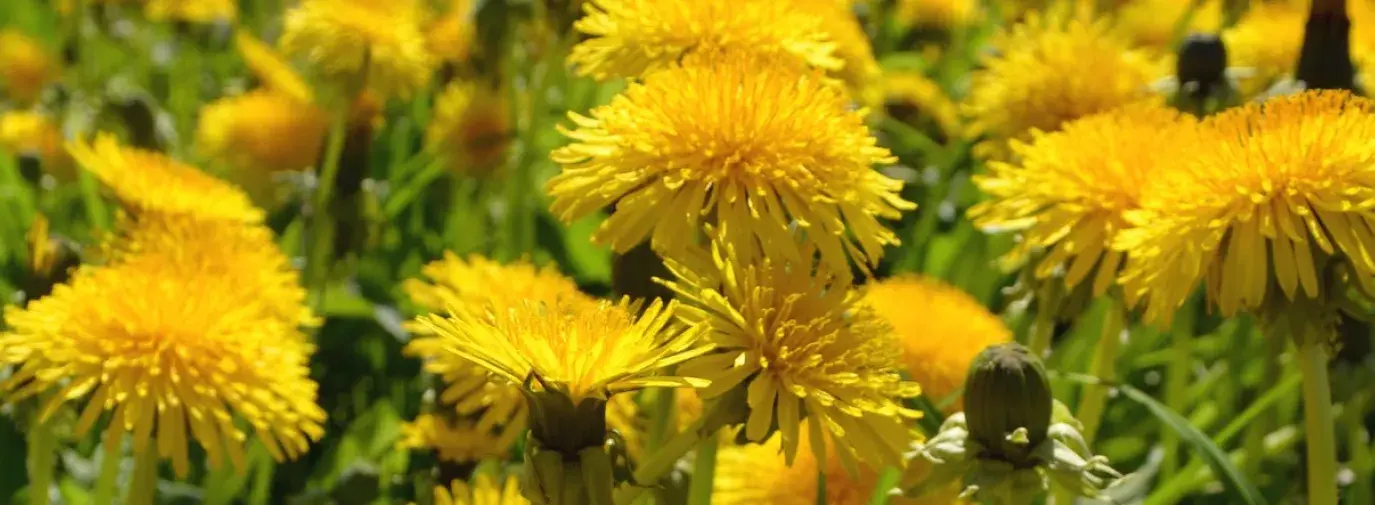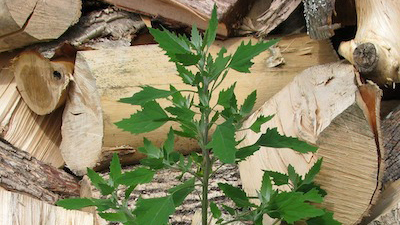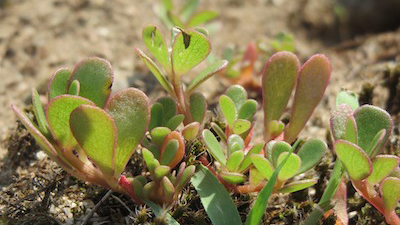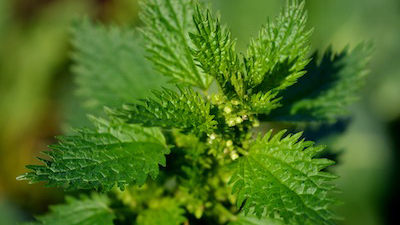
When it comes to caring for your garden, weed management is a priority. These pesky plants can deplete precious nutrients from the soil and take up prime real estate. They can be tedious to control and lead to lower harvests. But weeds aren’t always troublesome—many common weeds can play beneficial roles in your garden and even end up on your plate.
What is a weed?
A weed is any plant that grows in an undesired location—a carrot growing in a bed of kale could be considered a weed. But, it’s the invasive and noxious weeds like crabgrass and thistle that come to mind for most.
Managing common weeds in your Climate Victory Garden
Climate Victory Gardening rules out the use of synthetic herbicides while building nutrient-rich soil—a perfect combination for weeds that requires gardeners to be creative and consider a more holistic perspective of the role of weeds in the garden.
Organic weed control methods include applying mulch to suppress plant growth, soil solarization, DIY natural weed killers like salt and vinegar, and of course, pulling weeds by hand. But, before you remove weeds, be aware of their potential benefits to the ecosystem and your garden.
Left in the garden, noninvasive weeds can help cover and protect exposed soil, reducing the loss of rich topsoil from wind and water erosion—weeds are always better than bare soil. Their roots can decrease soil compaction and support underground carbon-sequestering microbes. Weeds can be indicative of soil health and help you troubleshoot issues in the garden. Before they go to seed, some weeds can be composted.
Another reason to embrace weeds in your garden? Many are edible and can be highly nutritious. Eating weeds is economical and ensures these home-grown nutrients don’t go to waste. So, the next time you see a weed, think twice before removing it. These tasty plants might just become a staple on your dinner table!
Common Edible Weeds
Dandelion has antioxidant and anti-inflammatory medicinal properties. The entire plant is edible and has a slight bitter taste that increases as the plant matures. Add raw young dandelion leaves to salad or cook in stir-fries and soups. Flowers can be used to make dandelion wine and flower jam or eaten fresh as a garnish. Roast the root and steep in hot water to make a coffee substitute.

1 cup of cooked dandelion greens contains approximately:
- 40% of the DV for Vitamin A
- 21% of the DV for Vitamin C
- 17% of the DV for Vitamin E
Lambsquarter has a mild and slightly salty flavor. The leaves, stem, flowers, and seeds can all be eaten young, but avoid mature plants because they contain oxalic acid that accumulates with age. Add young raw leaves and flowers to salads or prepare similar to spinach.

1 cup of cooked lambsquarters contains approximately:
- 43% of the DV for Vitamin A
- 41% of the DV for Vitamin C
- 20% of the DV for Calcium
Purslane leaves, flower buds, and stems can be eaten raw, pickled, or cooked. The plant’s sour taste makes it a flavor-enhancing addition to salads or stir-fries. Purslane has a crisp yet mucilaginous texture similar to prickly pear cactus.

1 cup of cooked purslane is high in omega-3s and antioxidants and contains approximately:
- 13% of the DV for Vitamin C
- 12% of the DV for Potassium
- 12% of the DV for Vitamin A
Stinging nettle may seem intimidating to eat but has been used for centuries to treat muscle and joint pain and alleviate allergies. It has an earthy and grassy flavor and must be cooked to destroy its stinging properties. Wear gloves while harvesting and prepare with caution! Cook the leaves, stems, and roots as you would spinach, and add to soups, pastas, or casseroles. Dry leaves and flowers and steep in hot water to make herbal tea.

1 cup of blanched stinging nettles contains approximately:
- 60% of the DV for Vitamin A
- 33% of the DV for Calcium
- 22% of the DV for Dietary Fiber
Don’t stop with these four examples, as there are likely other edible weeds in and around your garden.
When foraging for edible weeds, avoid harvesting from areas contaminated with environmental pollutants, agrochemicals, and animal feces. As with all plants, be careful to consume only the parts known to be edible. Many plant species look similar to these edible weeds but may be poisonous or inedible. Be sure to do your research and correctly identify the weeds in your garden by using mobile phone apps like Seek by iNaturalist or PlantSnap. If you’re still unsure whether a plant is edible, it’s best to not consume it and let the weed serve other purposes in your garden!






